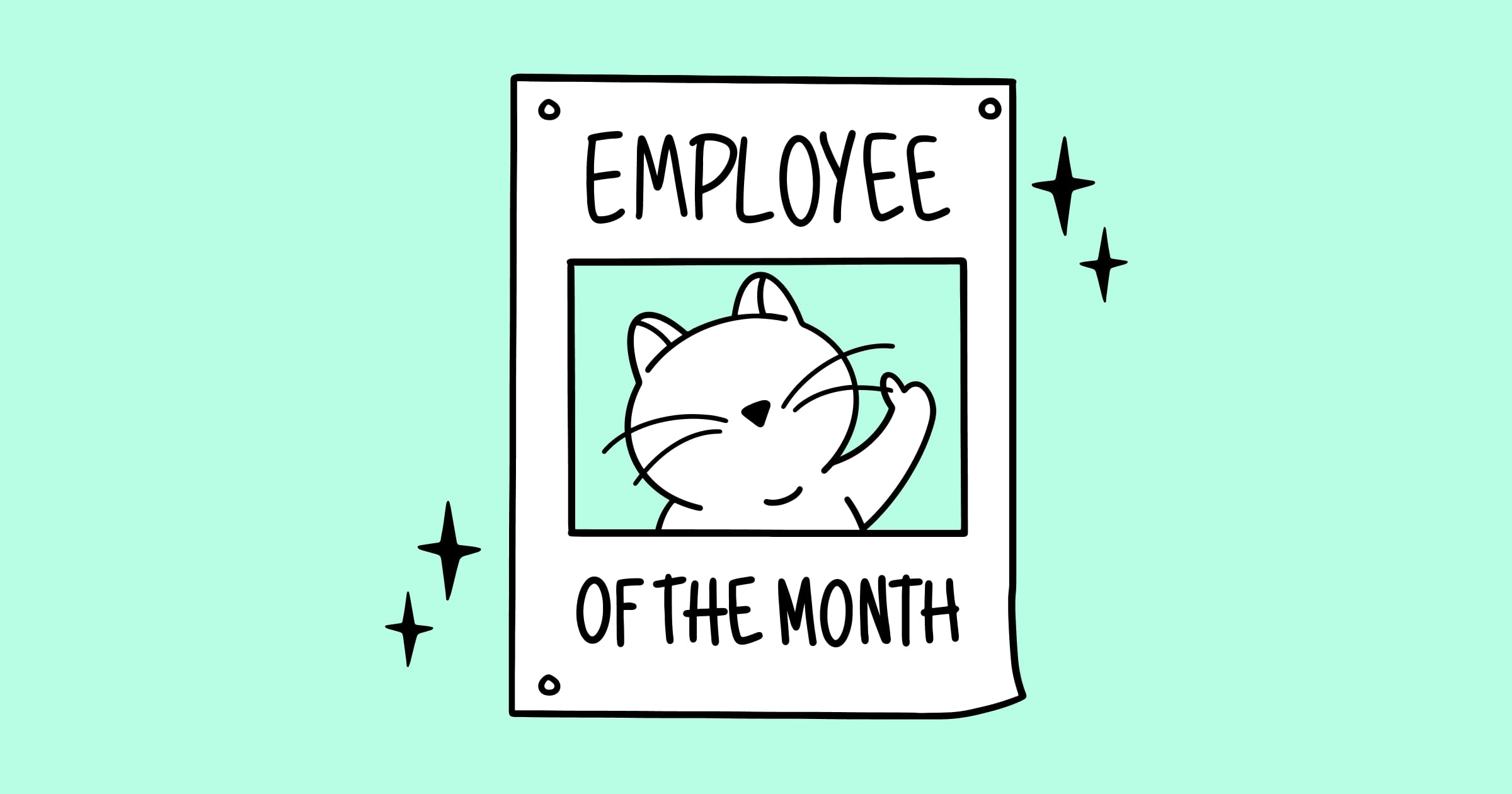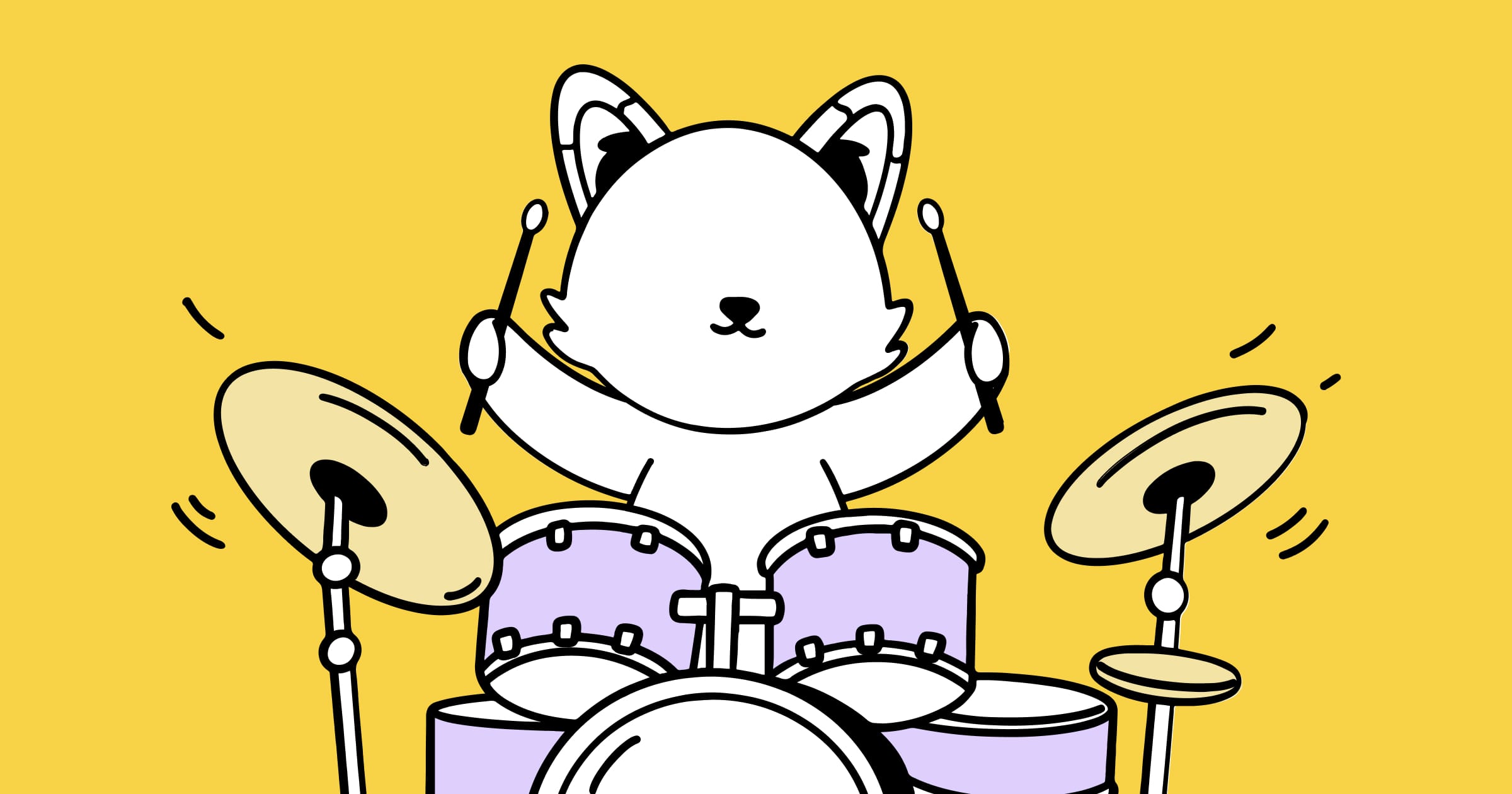December 1, 2022
.avif)
Visualised data can tell better stories about individuals, teams and organisations than plain numbers or text. Use MuchSkills to get a clearer picture of the skills and skill sets available to you.
Technology has significantly changed the way we work since the days most people stuck to one job and employer for most of their lives. Among other things, technology has helped improve efficiency through automation and digitisation, facilitated increased team collaboration across locations, allowed businesses to hire remote workers and workers to choose to go freelance because of the flexibility it offers them. Technology has enabled even small and medium businesses to win clients across the world.
The Covid pandemic accelerated some of these trends – especially that of remote and freelance work – and experts believe that these changes are likely to transform the world of work forever.
Here’s a quick look at what the modern workplace looks like today:
– Several companies have embraced remote work completely – many have done this after dabbling with a hybrid model fora while (which, in the words of an expert “has been a bit of a mess”.)
– The shift to remote work has opened up companies to talent from across the world. This means that companies have a mix of employees on the payroll in a certain location as well as freelancers and contractors with the desired skills who may be living anywhere across the globe.
– The loneliness of remote work combined with longer working hours has led to the risk of burnout in the long run.
Given the scenario above, organisations need to think of how best to assign tasks to people who aren’t necessarily sitting in the same location, and who could be contractors and freelancers, to ensure that they remain motivated and engaged and can fulfill the tasks assigned to them.
Organisations will need to think of how best to assign tasks to employees to ensure that they remain motivated and engaged.
Research has shown that they can do this if they understand each individual’s unique skills, skill sets and abilities and what skills these individuals are the most interested in deploying, and allocate work accordingly. “Employees do their best in roles that enable them to integrate their talent (the natural capacity for excellence), skills (what they can do) and knowledge (what they know),” said Gallup’s State of the American Workplace report published in 2017. “Workers want roles and employers that allow them to make the most of their strengths.”

“Workers want roles and employers that allow them to make the most of their strengths.” - Gallup’s State of the American Workplace
But though many individuals and organisations have embraced the changing workplace and its complexities, the way they look at skills management – “the practice of understanding, developing and deploying people and their skills” – has remained the same.
In this blog, I will talk about how MuchSkills – a completely new way of visualising skill sets – can aid individuals and organisations in efficient skills management, helping each of them to realise their full potential.
For that we’ll need to talk about the competency framework used for skill management, which is also called the skills matrix or competency matrix.
A skills matrix is a visual tool that displays, in the form of a table, each individual’s level of competency in specific skills and their level of interest in utilising those skills. Some skills matrices are basic, others granular, with a high level of detail.
Developing a traditional skills matrix is a valuable exercise for organisations because it helps managers understand whether the basic skills required for the job at hand are present in their teams and identify any gaps that can be detrimental to the organisation’s performance. If only a few employees possess the skills at the core of an organisation’s work, for instance, they will bear the burden of doing a chunk of the work, which may negatively affect the final outcome.
An employee skills matrix also helps organisations to efficiently utilise existing skills by redistributing talent internally and plan for future recruitment.
For employees, a skills matrix that highlights their strengths and weaknesses can be a starting point for self-improvement.
Skill matrixes allow team leaders to pick the employees who have exactly the skill sets that are needed for each project. Teams are better prepared for projects because they are aware of the skills available. If a particular skill set is missing from the team, team leaders can look for employees with that skill elsewhere in the organisation or recruit someone with those skills.
All this leads to efficient employee utilisation. That’s not all. When employees are matched with projects that need their skills, the outcome is always good, leading to happy clients and employees.
What organisations need is a simple design interface that can show them in one glance all they need to know about the skill sets in the organisation.
Visualised skills data shows organisations all they need to know about the skill sets in their teams.
This is where MuchSkills comes in.
MuchSkills is a tool that beautifully visualises data about skill sets that its users – individuals, team leaders and top executives – can swiftly access in an attractive, easily comprehensible interface.
At the core of MuchSkills' philosophy is the belief that data must be communicated in an easily accessible way so that all of us (not just the experts) can understand it effortlessly, and also spot patterns, trends and outliers. These insights then allow us to use the data to make informed decisions.
Data visualisation is therefore integral to the MuchSkills platform. Below, you can see the many insights you can gain from your organisation’s skills data on MuchSkills.
– Skill mapping: Map the skills and competencies of all employees. This data is accessible to everyone in the organisation, not just HR.
– Skills analysis and reports: View the skills and competencies you have and the skills you are missing. Keep track of essential or critical skills, search for employees with a particular skill or for the number of employees per skill. Identify opportunities to upskill.
– Enable employee growth: Employees can check whether they have the skills needed for their current or desired roles. They can set skill based goals and growth plans with their managers. Managers can view employee’s skills data and chart their skills growth over time.
– Skill based teams: Eliminate bias by setting up projects and teams based on skills alone.

Here's how individuals, team managers and organisations can benefit by using MuchSkills:

MuchSkills helps individuals track their professional growth over time. As an individual, isn't it motivating if you can see your professional growth with just a tap of your phone? That at the start of 2022, you marked yourself a “beginner” in Python proficiency, but you now are confident enough to mark yourself as someone with “intermediate” proficiency.

Similarly, as a team leader, when you have a project coming up that you need to build a team for, what would you prefer? Making sense of a conventional skills matrix on an excel sheet, or a quick glance at an interface that immediately gives you an overview of the skills available in your team, any skill gaps, and even how employees have evolved over time?
MuchSkills is here. Sign up at muchskills.com.

Subscribe to our newsletter to receive MuchSkills insights directly in your inbox. Don't worry we will respect your inbox

A practical look at how skills visibility, fair evaluation, and growth-focused conversations reshape the employee experience.

By revealing hidden talent and optimising workforce deployment, skills visibility democratises opportunities and boosts employee engagement and retention.
